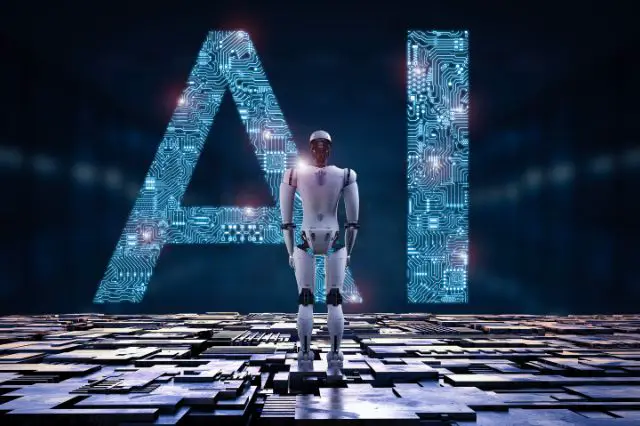The evolution of artificial intelligence in gaming has significantly contributed to developing highly realistic games with immersive gameplay. Gone are the days of simple, pixelated graphics and non-playing characters with limited abilities.
The advent of AI makes the gaming experience more memorable as players can now interact with advanced and complex game characters that can display emotions, demonstrate consciousness, and perceive and react to the game environment.
This article explores AI in digital gaming ecosystems and how it aims to help players engage with the game world in more natural and lifelike ways.
General Benefits of AI in Gaming
Here are the top impacts AI offers the gaming industry:
- More ingenious games: AI helps develop new ranges of smarter games across various genres while planning and building solid gameplay frameworks on how to play craps, amongst other games.
- Increased player interests: Including AI-based opponents helps stimulate interest among gamers. It encourages them to develop new defense strategies and build tactics that help them defeat the AI villain.
- Realistic games: AI makes games more realistic and interactive with 3D visualizations. The integration of Augmented and Virtual Realities gives gamers a feeling of living in a parallel world where they can do what they want.
Evolution of AI in Gaming to Create Awareness and Consciousness in Game Characters
The use of artificial intelligence in the gaming industry started in the 1950s. The MiniMax algorithm was first instrumental in developing chess games. It helped to choose the best move for the current board setting, showcasing the early use of artificial intelligence in gaming.
Before the implementation of AI in gaming, the characters in video games were controlled by a script program while living in a 3D environment with other items, terrains, and non-playing game characters.
Artificial Intelligence technology swiftly converted the entire playing system to 3D by including 3D objects and 3D landscapes. This was majorly done because AI-based characters are more complex and unable to perform well in only a 3D environment with script forms.
A character in a 3D game must be able to perceive many aspects of the game world, make decisions, and take action in real time.
How AI Achieved Awareness and Consciousness in Characters
Consciousness models for game characters have been studied for years, beginning with MIT media lab Synthetic Character Group’s mind model in 2000. To do this, developers figured out that game characters must be autonomous and aware of their surroundings, body, and mind.
The Agent Architecture of robotics is the foundation for a character’s AI, consisting of a recognition module, a decision-making module, and a motion-making module. These modules analyze and transform information into knowledge, allowing the character to make decisions and form motions. Data is stored in memory, resulting in the chemistry of information that characterizes a character’s AI.
Implementing AI in the Digital Gaming World
Below are a few ways developers implement AI in games to improve character awareness and consciousness:
Neural Networks
Neural Networks’ artificial intelligence creates complex gaming scenarios and improves characters’ adaptation to changing environments. The algorithm interprets data by:
- Manual training through vast amounts of data and then launching in the game,
- Or real-time learning during gameplay using live-generated data.
The latter helps improve gaming agents and can be used to control Non-Playable Characters (NPCs) and gaming environments.
Genetic Algorithm (GA)
Genetic Algorithm is an advanced technique based on the principle of natural evolution. It uses a selection process to identify the most suitable candidates and advance them to the next level. This technique is highly accurate and generates exceptional outcomes in complex scenarios.
Initially, GAs were used in board games to determine the best moves for opponents. Now, GAs are used to learn the most repetitive but efficient tactics gamers use and help them defend against such tactics. This covers loopholes and preventS players from exploiting repeated steps to win.
Reinforcement Learning
This technique helps design Non-Playable Characters (NPCs) and enhances their decision-making skills. It is a machine-learning method that relies on trial and error. It involves allowing the model to act on specific scenarios, self-learn based on the outcomes, and remember the bad results to avoid them in future steps.
Video games are the key targets for testing reinforcement training, and AlphaGo is a popular algorithm used for computer players. However, reinforcement training cannot be a stand-alone for high-end games and usually plays a supporting role in many AI techniques, such as Deep Learning.
What AI Holds for the Future of the Digital Gaming World
AI will be influential in increasing engagement and interest in the gaming industry in the coming years. Soon, it can create its own game storylines based on the user’s choices and preferences.
Additionally, it will introduce speech recognition features and allow users to interact with the gaming characters and elements at a one-on-one level. Overall, AI will continue to enhance users’ gaming experiences by providing realistic and interactive interfaces.












